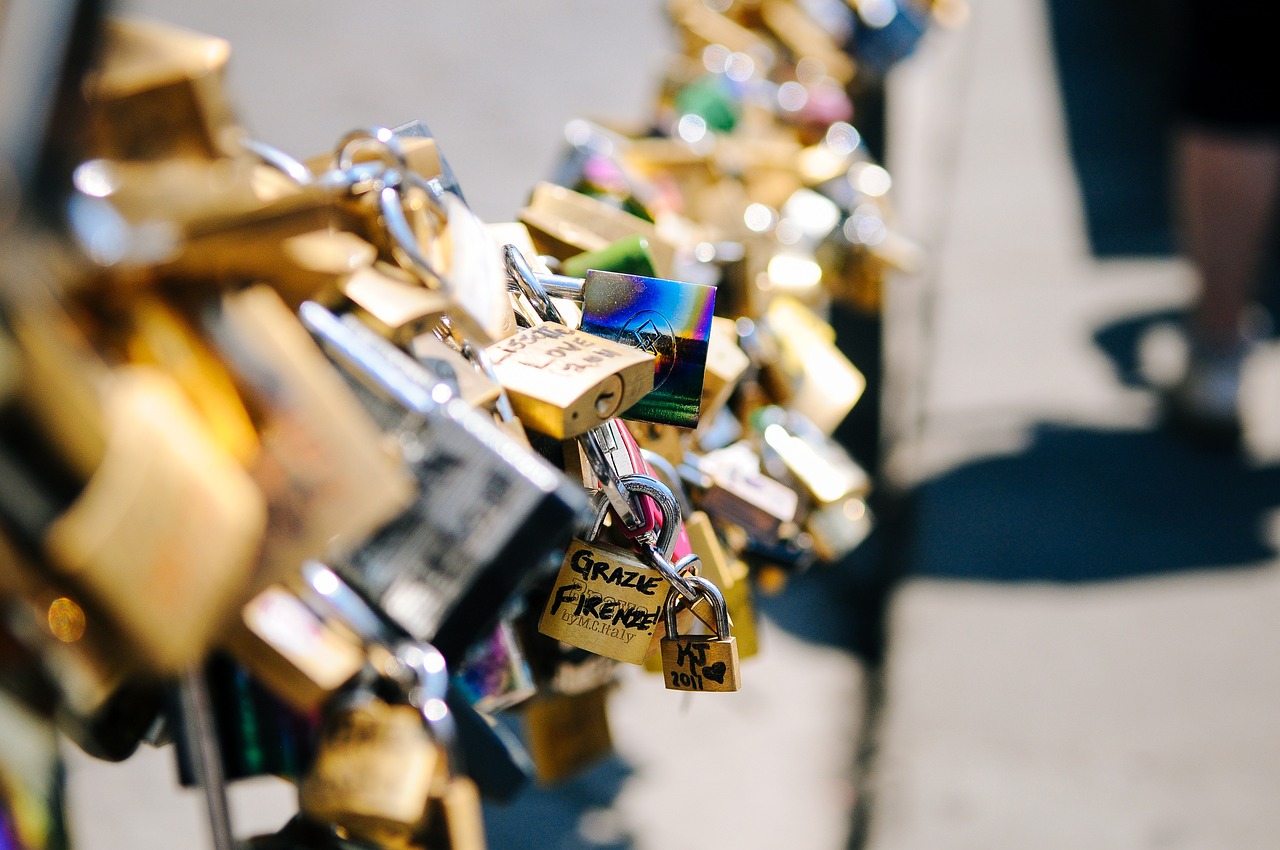“`html
In our fast-paced world, the significance of maintaining healthy relationships can often be overlooked. Relationship healing is fundamental to not only personal well-being but also the overall health of the social fabric that connects us all. Whether it’s partnerships, friendships, or familial bonds, the journey towards healing can be rewarding yet challenging. This blog post will delve into the core aspects of relationship healing, offering insights and actionable strategies.
Understanding Relationship Healing
Before we delve into the methods of healing relationships, it’s essential to understand what relationship healing truly means. At its core, relationship healing involves mending the emotional wounds that can arise from conflicts, misunderstandings, or any form of betrayal.
What Constitutes Relationship Healing?
- Restoration of Trust: Rebuilding trust is a pivotal part of healing.
- Improving Communication: Open and honest dialogue fosters understanding.
- Emotional Reconnection: Rekindling emotional bonds can help in overcoming barriers.
- Forgiveness: Letting go of past grievances is essential for moving forward.
Why Is Relationship Healing Important?
Healing relationships benefits both parties and the relationship overall:
- Enhances emotional well-being
- Increases relationship satisfaction
- Promotes personal growth and understanding
- Fosters healthier communication patterns
Identifying Issues in Relationships
The first step toward healing is identifying what led to the rift in the relationship. Here are some common issues:
Common Relationship Issues
- Miscommunication: Many conflicts arise from misunderstandings.
- Lack of Trust: Breaches of confidence create barriers.
- Neglect: Relationships require ongoing attention and nurturing.
- Unresolved Conflicts: Ignoring problems can exacerbate tensions.
Effective Strategies for Relationship Healing
Once you’ve identified the issues, it’s time to implement strategies for healing. Here are some practical approaches:
Communicate Openly
- Practice active listening – ensure each party feels heard.
- Be honest about your feelings – transparency is crucial.
- Utilize ‘I’ statements – this helps in expressing emotions without sounding accusatory (e.g., “I feel hurt when…”).
Seek Professional Help
Sometimes, external assistance can make a significant difference:
- Couples Therapy: A neutral mediator can help navigate complex emotions.
- Support Groups: Sharing experiences with others can provide new perspectives.
- Online Resources: Utilize self-help tools and relationship workshops available online.
Practice Forgiveness
Forgiveness is a powerful tool in the healing process:
- Understand the importance of forgiveness for personal peace.
- Change the narrative – focus on growth instead of blame.
- Take your time – healing doesn’t happen overnight.
Nurturing Relationships Post-Healing
After taking steps toward healing, nurturing the relationship is crucial. Here are some strategies:
Stay Connected
- Engage in regular check-ins – make it a habit to discuss feelings and concerns.
- Plan quality time together – prioritize staying connected.
- Celebrate small wins – notice and acknowledge improvements.
Set Healthy Boundaries
Boundaries are critical for sustaining a healthy relationship:
- Define what is acceptable and what is not for both parties.
- Communicate boundaries clearly – avoid assumptions.
- Respect each other’s boundaries – this fosters a safe environment.
Conclusion
Relationship healing is indeed a journey, not a destination. By recognizing issues, implementing effective strategies, and nurturing your bond, you can transform relationships into more resilient connections. Remember, every relationship faces challenges, but with understanding, patience, and commitment, harmony is not just possible; it’s achievable. For those ready to embark on this transformative journey, know that every step taken towards healing is a step towards a more fulfilling and meaningful connection.
“`






